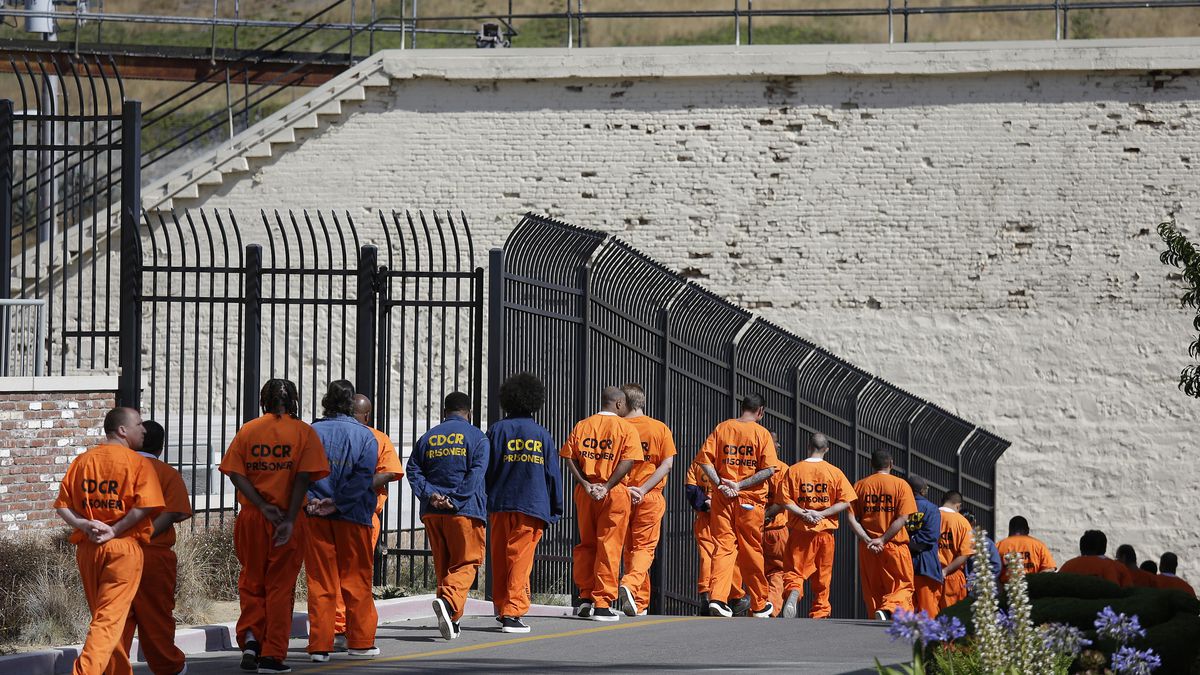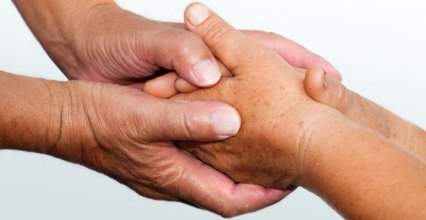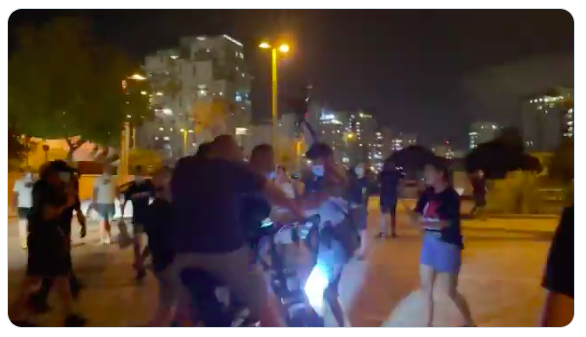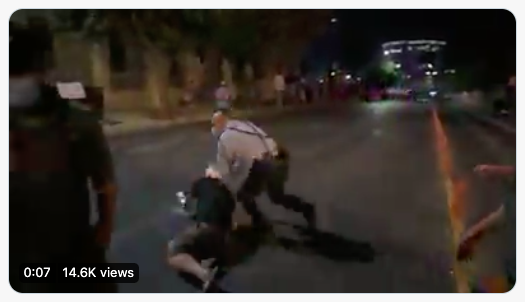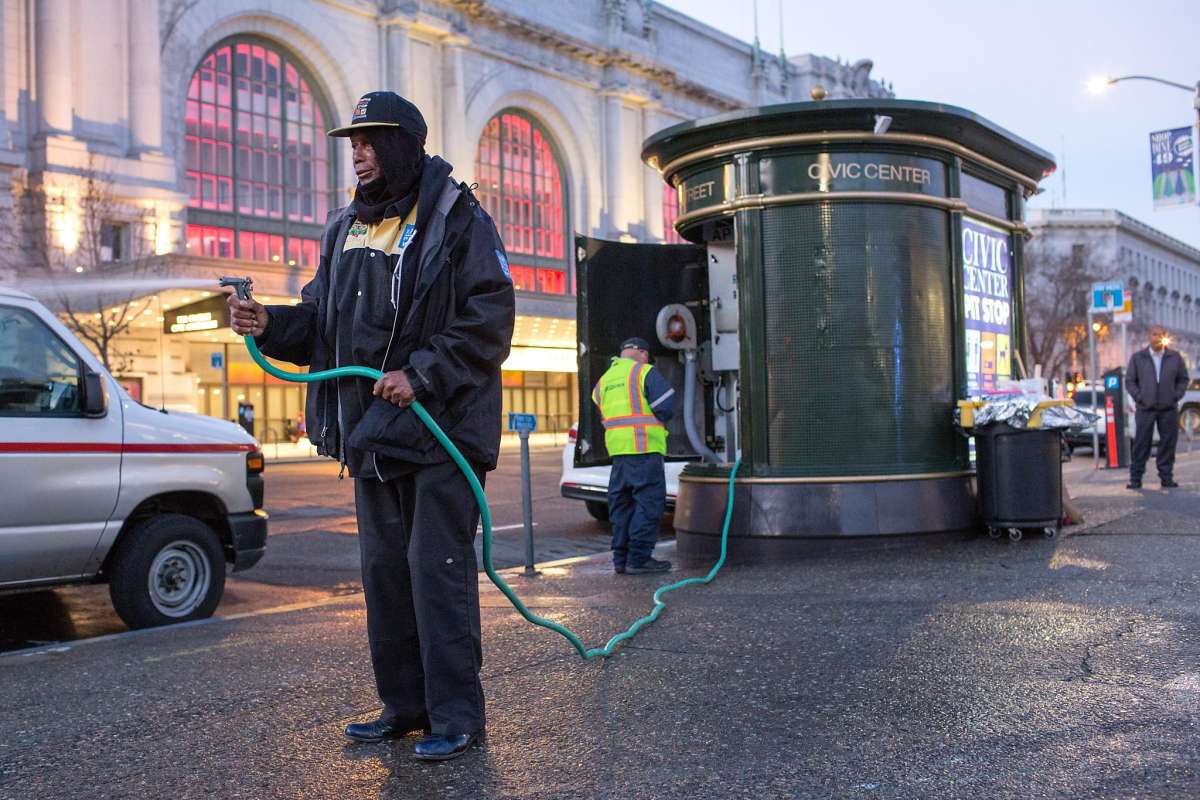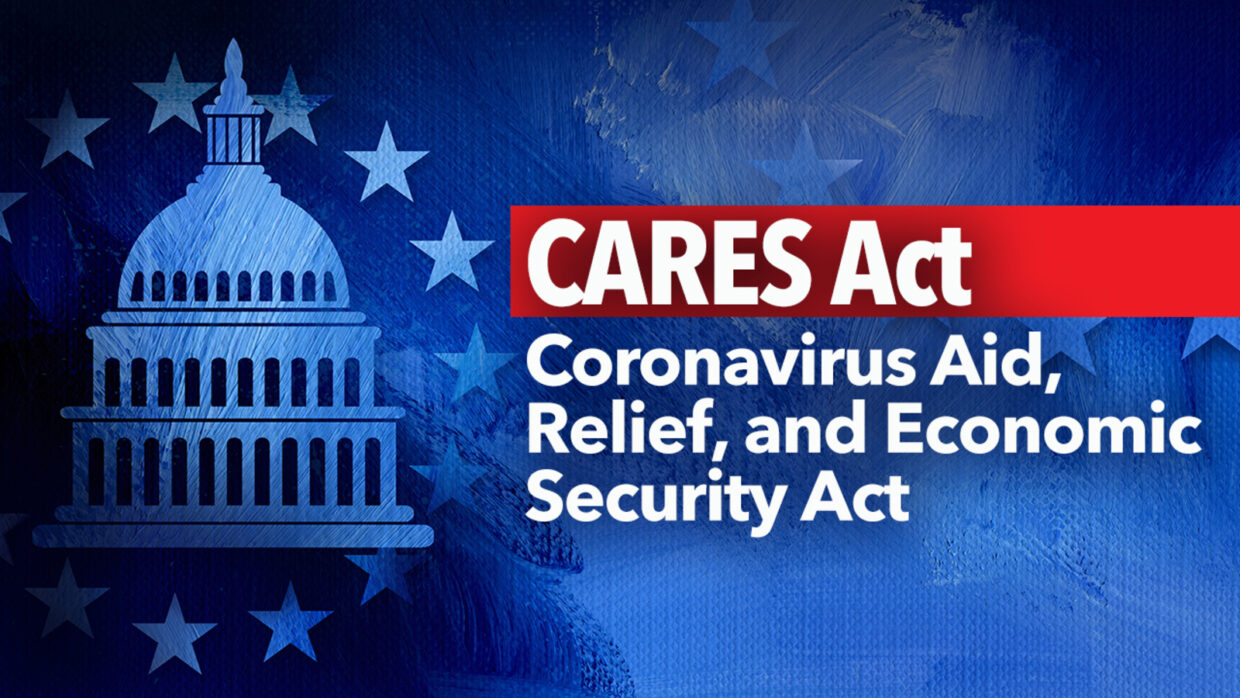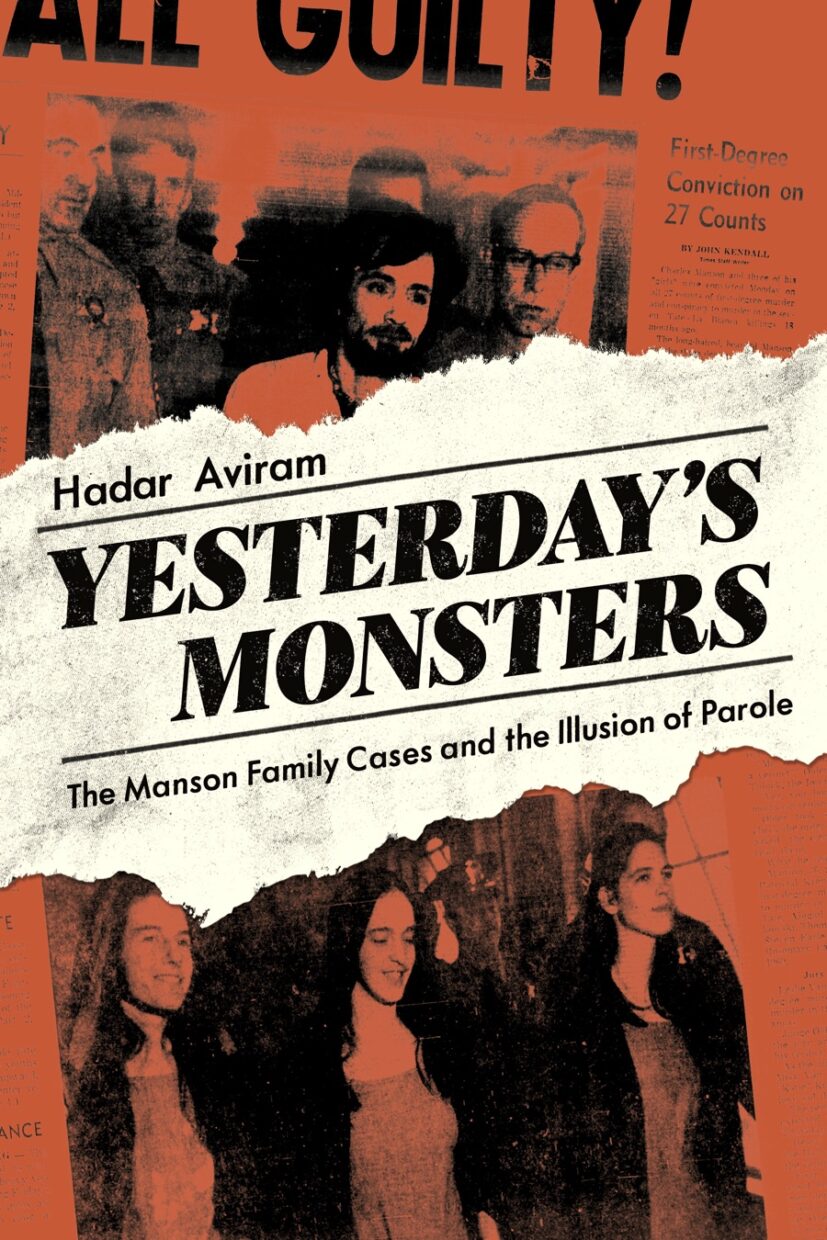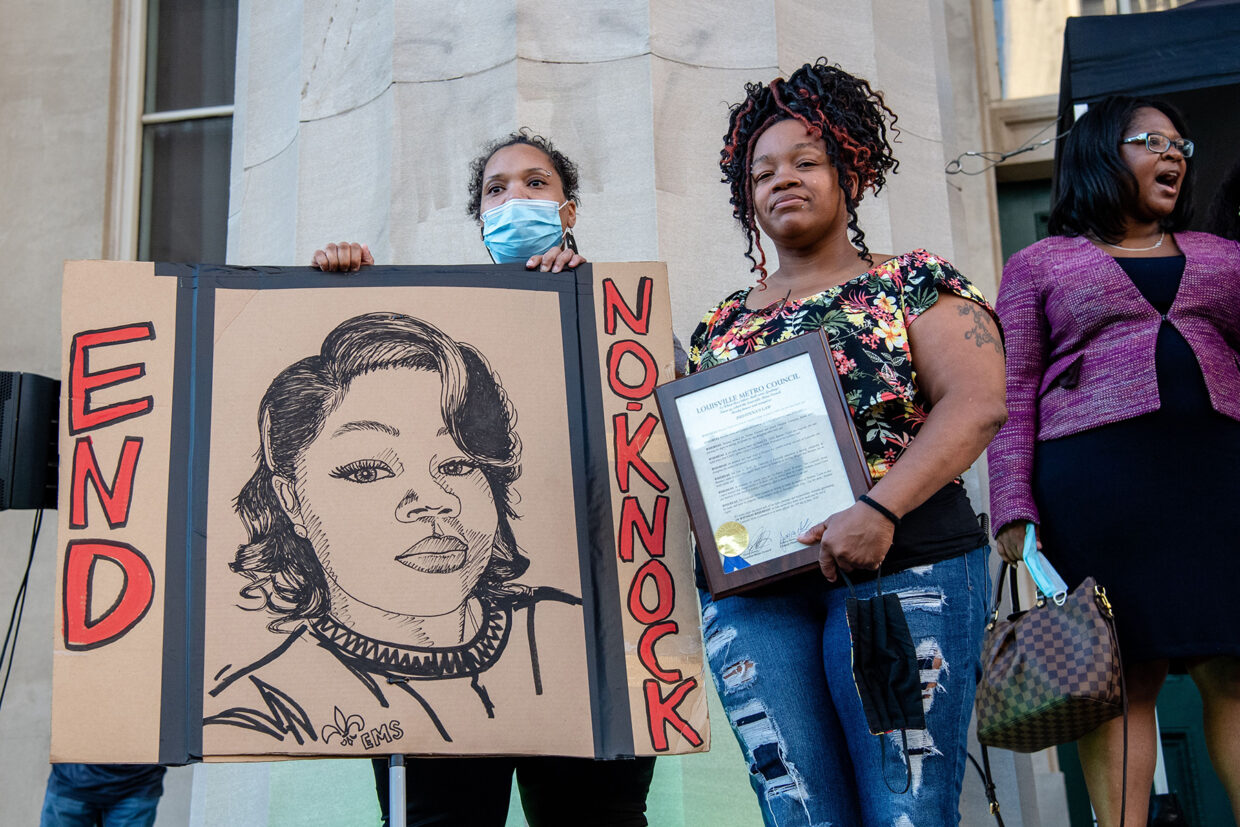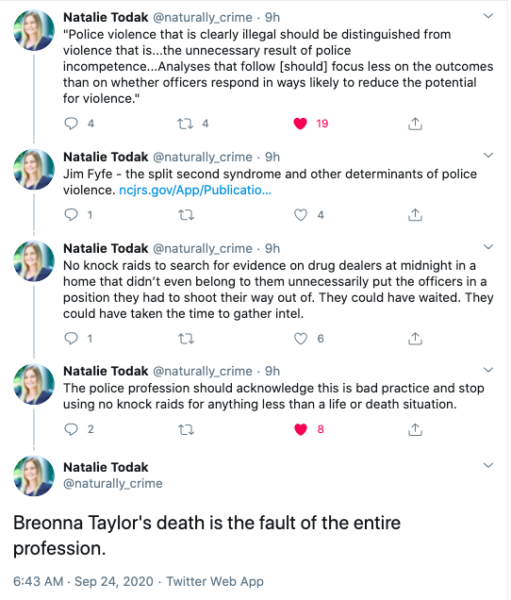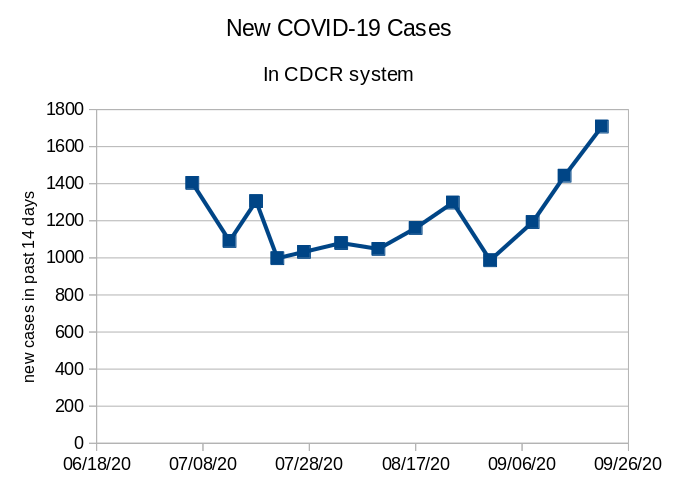Yesterday’s Court of Appeal order in In re Von Staich has reverberated in the media: SF Chronicle, more SF Chronicle, ABC7, KTVU, CBS5.
Today, the ramifications of Von Staich started seeping into other legal proceedings on behalf of incarcerated people. Evidentiary hearings were scheduled for this coming Friday in the Marin Superior Court consolidated cases pending before Judge Howard. But the Von Staich opinion upended this, because the Court of Appeal found that the question of deliberate indifference was a matter of law and could be determined on the basis of the evidence submitted by the Von Staich team.
At today’s case management conference, Judge Howard vacated the evidentiary hearing, now rendered moot by the appellate decision, and scheduled expedited briefing for the habeas petitioners and for CDCR. Unsurprisingly, the Attorney General representative said that they were not going to know (read: reveal) what their strategy is until they run out of days to appeal Von Staich, so the judge took that into account when scheduling the briefs, saying, “”we would all like to know what CDCR wants to do, but we can’t come to a screeching halt until you make your decision.”
Other issues emerged that revealed the underlying tensions between the Von Staich decision and where petitioners and respondents, respectively, ultimately want to be. For one thing, some (but not all) of the petitioners in the Marin cases belong to the group that the Court of Appeal singled out in its decision–60-year-olds who have been incarcerated for 25 years or more. For another, the last thing petitioners want (and the last thing any of us needs) is for CDCR to transfer people. In light of this, Petitioners’ lawyers asked that their clients not be transferred; CDCR, predictably, objected, and Judge Howard explained that he could not order such a thing without knowing the particulars of each person, nor would such an order be in the spirit of Von Staich, which explicitly gave CDCR the option to transfer people to solve the problem.
This is not merely a procedural issue: Petitioners’ lawyers are worried about the tragedies that could result from CDCR opting to solve the problem they have by playing Tetris with human lives. There are at least three reasons why this would be a horrible idea. First, which should be obvious by now, the San Quentin catastrophe is itself the result of a botched transfer, so CDCR can hardly marvel at being mistrusted with transfers given their track record. Second, moving people between facilities might be an immediate solution for CDCR as they face judicial wrath about their indifference and ineptitude, but it merely postpones (and likely hinders) a solution for the statewide COVID problem pending in the federal case. Keep in mind that, in addition to the Quentin mess, Plata v. Newsom addresses numerous serious outbreaks in other facilities, including reinfections, hospitalizations, and deaths. And third, the careful balance CDCR has been trying to strike (falling far short of a 50% reduction mark) has been achieved largely through a temporary halt on transfers from jails, but the jails are now bursting at the seams and experiencing their own serious outbreaks. In other words, something’s gotta give if this pattern of obfuscation and cosmetics continues.
Another astounding moment came toward the end of the conference, when the lawyers asked the judge to allow them to continue speaking with their clients on the phone. Even after everything we’ve seen from the AG and CDCR in the last few months, I was still stunned to hear the AG representative demanding that the judge limit the phone hours to ten (the judge settled on 15.) Whenever I wonder what’s driving this behavior, which so often crosses the line from obfuscation and petulance into bad faith territory, I remind myself that we haven’t even begun seeing the litigation consequences of the San Quentin disaster, and that inevitably, CDCR will be facing an enormous civil suit, which they will likely lose. This could mean considerable monetary damages in addition to the injunctions we’re seeing now and could explain a lot.
As I think about the next steps, I realize how similar this situation is (on a particular institutional scale) to what we saw on a statewide scale in Plata between 2009 and 2011. Jerry Brown, then the Attorney General, fought the decision tooth and nail all the way to the Supreme Court. But as Governor (elected in 2010), he addressed it in a more sensible manner, coming up with a release strategy. This is the time for Governor Newsom to step in, be the responsible adult that he is, and expand his expedited release plan to include the category of people that the Court of Appeal singled out: people aged 60 and older, incarcerated for 25 years or longer. Swift executive action along sane, reasonable lines could reduce the temperature of this whole thing far below the boiling point and save lives that might be lost or irreparably harmed if we wait for briefs, oral arguments, and bickering about transfers. Governor Newsom is the one who stepped into the fray in 2004 when our friends and neighbors needed to get married, and is also the one who moved forward to dismantle the death chamber. He needs to put on his battle gear and do the right thing for all of us once more.

